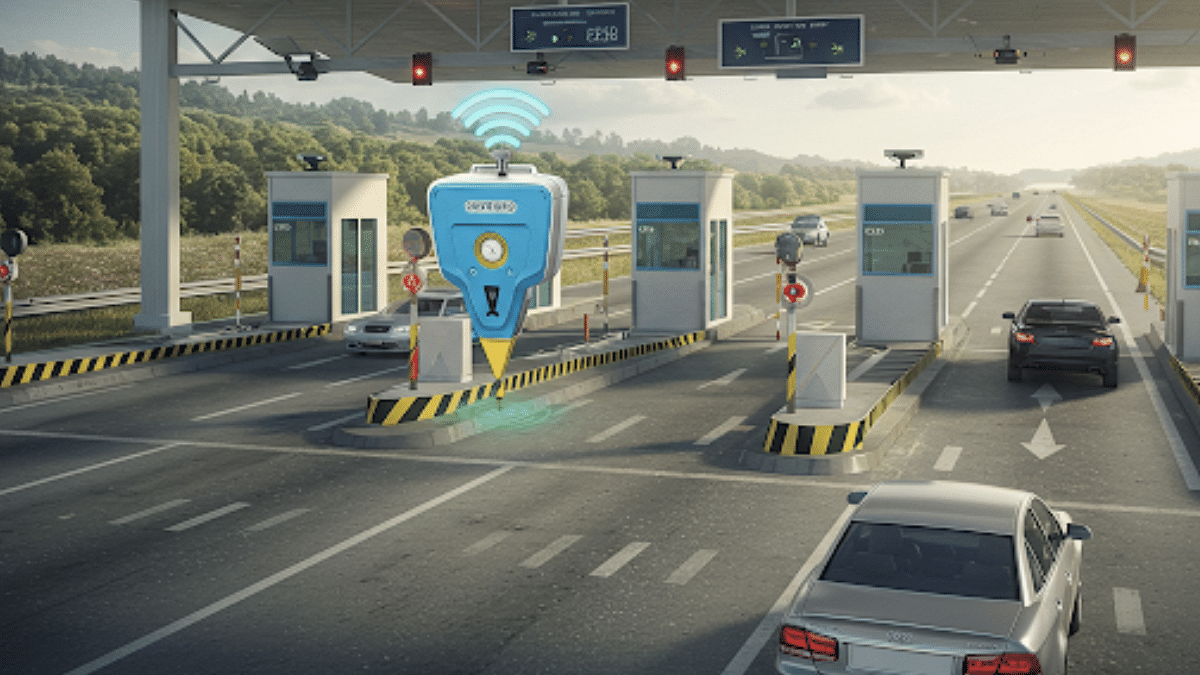Key Highlights
- FASTag’s getting abolished from next month
- GPS-based toll collection system rolling out
- Dedicated GPU devices to be installed for toll collection
- Prices for GPU devices not revealed yet
FASTag will soon get abolished in India. The RFID-based toll collection system drastically improved travel experience via national and state highways in the country by cutting down on heavy congestion and long queues at the toll booths. The central government has been hinting a new toll collection module to further offer a seamless experience to all the travellers while crossing state highways. Finally, the new GPS-based toll collection system called GNSS (Global Navigation Satellite System) will kick off from next month in the country. What are the regulations and how this new GNSS toll collection system work? Let’s dive into more details below:
For the tech geeks, stay updated with the latest cutting-edge gadgets in the market, exclusive tech updates, gadget reviews, and more right on your phone’s screen. Join Giznext’s WhatsApp channel and receive the industry-first tech update.
Also Read: Android Auto Customization: How To Change Wallpaper With And Without Smartphone
GNSS GPS-Based Toll Collection: When Does It Start?

NHAI (National Highway Authority Of India) is working relentlessly to upgrade the toll collection system across national and state highways in India. The current RFID-based FASTag toll collection is getting replaced with more advanced GPS-based toll collection system. This new module is slightly delayed from its initial schedule, i.e., April 2025. It now is said to come in effect starting May 1, 2025.
Also Read: How To Use Telegram Without Internet? Top 5 Working Tricks In 2025
Why GNSS Is Replacing FASTAgs?

To recap, FASTag services were introduced back in 2016 in India in a bid to bring down traffic congestion at toll booths across the state borders. While FASTag has been quite a success, it still isn’t as effective as it was supposed to be with managing traffic at the toll booths.
Technical snags leading up to failed transactions and other issues have often lead to long queues stacking up at toll booths. Frequent complaints from the users is what have called in for an alternative requirement. This led to the government and the NHAI official to think of a more effective solution for toll collection which now is being implemented as the GNSS.
Also Read: Google Maps Hacks: How To Use Google Maps Simultaneously On Multiple Devices
How GNSS Toll Collection System Works?

Instead of an RFID technology used by FASTag, GNSS will used GPS satellites to track the vehicle’s movement. Dedicated GPS trackers will be installed across the national and state highways where the distance from point a to point b along with the time travel will be considered for toll collection.
The government will soon introduce OBUs (on-board-unit) which essentially will be a small GPS tracker for calculating the toll fare with the car’s movement. As of now, prices for the OBU unit have not been revealed but we expect the announcements to come soon.
